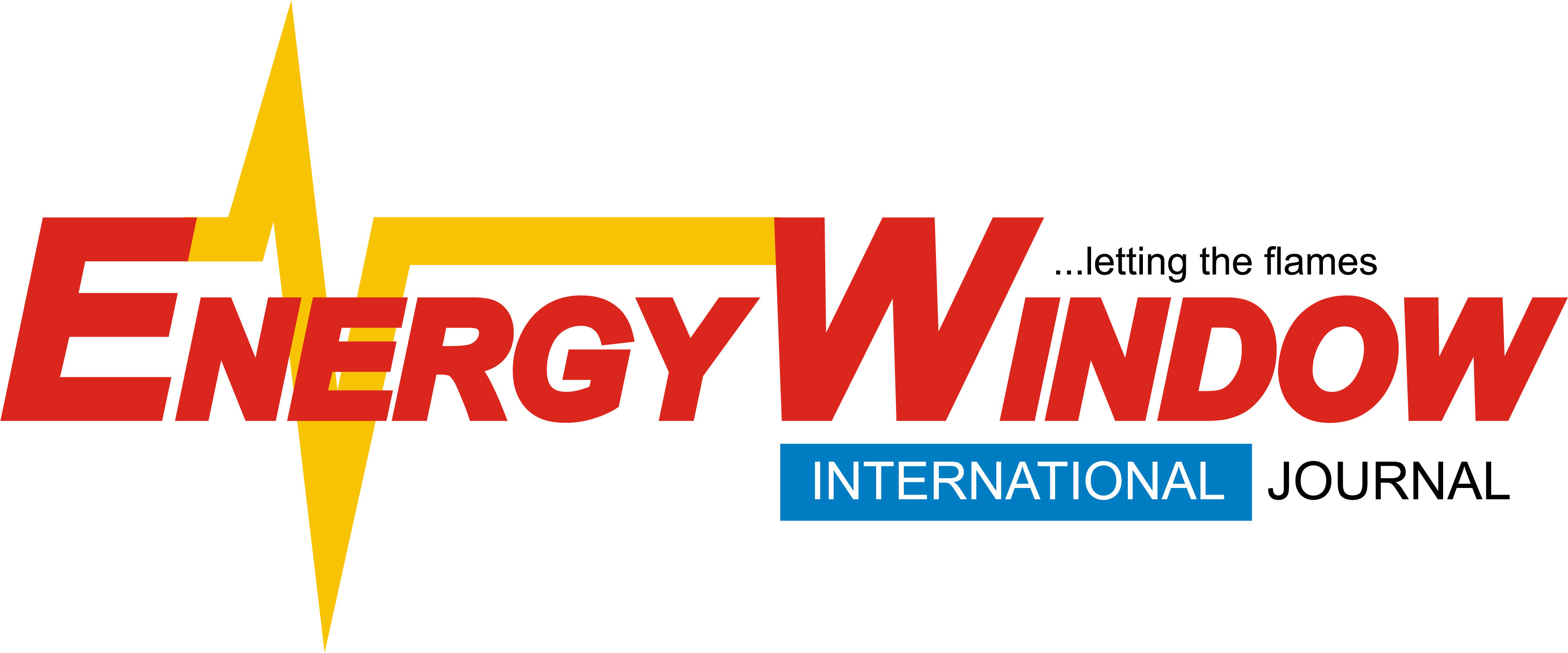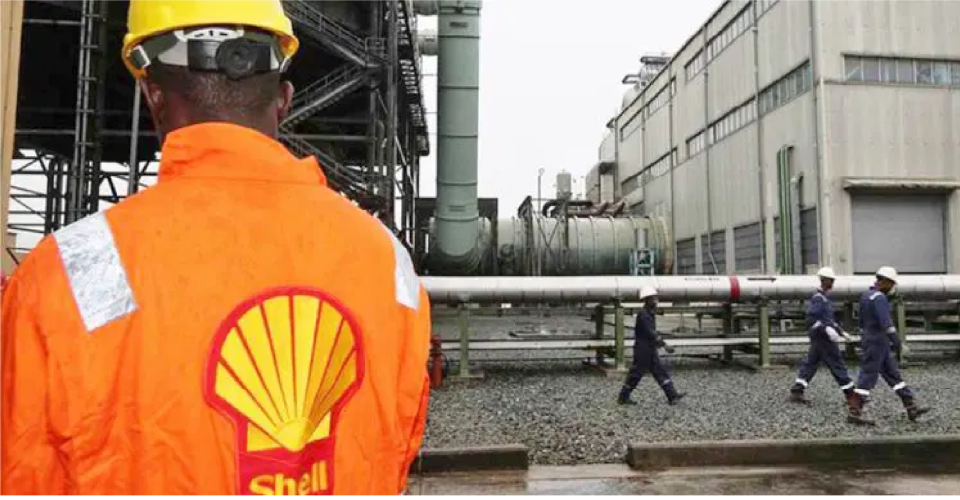By Ejekwu Chidiebere
The Chief Executive Officer Shell, Wael Sawan had on July 31 2025 made the following declaration:
“Shell generated robust cash flows reflecting strong operational performance in a less favourable macro environment. We continued to deliver on our strategy by enhancing our deep-water portfolio in Nigeria and Brazil, and achieved a key milestone by shipping the first cargo from LNG Canada. Our continued focus on performance, discipline and simplification helped deliver $3.9 billion of structural cost reductions since 2022, with the majority delivered through non-portfolio actions. This focus enables us to commence another $3.5
billion of buybacks for the next three months, the 15th consecutive quarter of at least $3 billion in buybacks.”
Shell had on its Q2 2025 results declared Adjusted Earnings of $4.3 billion, a milestone it was able to achieve despite what it saw as “lower trading contribution” which according to the Major was primarily because of the “prevailing weaker margin environment.” It has also highlighted other performance indices to include,
- Robust CFFO of $11.9 billion, supported by strong operational performance which enabled commencement of another $3.5 billion share buyback programme for the next three months
- Strong balance sheet, with gearing of 19% 2025 cash capex outlook unchanged at $20 – 22 billion, with the total shareholder distributions paid over the last 4 quarters as 46% of CFFO.
- Achieved $0.8 billion of structural cost reductions in the first half of 2025, of which $0.5 billion came through non-portfolio actions, with cumulative reductions since 2022 captured as $3.9 billion, against its CMD25 target of $5 – 7 billion by end of 2028.
- First cargo shipment from LNG Canada which it said has further strengthened its leading LNG position while supporting its ambition to achieve LNG sales cumulative annual growth rate of 4 – 5% to 2030
- Enhanced peer-leading deep-water position with the start-up of Mero-4 (Brazil), increase of interests in Gato do Mato (Brazil) and Bonga (Nigeria) – all of which, Shell said, were speedily adding to its high-grade Downstream and R&ES portfolio
- This was in addition to CFFO (excluding working capital) of $12.3 billion which got its pool through derivative inflows including joint venture dividends
- It equally reported working capital outflow of $0.4 billion, reflecting a reduction in JV deposits of $17 billion of the JV dividends it received and which were also held in deposit in the corporate segment, plus net debt evaluating leases of $14.3 billion.
Unaudited result indicated income attributable to shareholders, compared with the first quarter 2025, as reflecting lower trading and optimization margins and lower realized liquids and gas prices, partly offset by higher marketing margins and lower operating expenses.
It has broken the second quarter 2025 income attributable to shareholders to include, impairment charges, gains on disposal of assets and favourable movements which it said were also due to the fair value accounting of commodity derivatives, not excluding items that came under what it (Shell) called “identified” items that it said amounted to a net loss of $0.3 billion in the quarter. It compared it with the identified items in the first quarter 2025 that gave a net loss of $0.8 billion, according to the report.
Adjusted Earnings and Adjusted EBITDA2 as the report indicated were driven by the same factors as income attributable to the Company’s shareholders, adjusted for the aforesaid identified items thereby indicating the cost of supplies adjustment of $0.3 billion.
Cash flow from operating activities for the second quarter 2025 according to Shell’s email statement to Energy Window International (Media) stood at $11.9 billion, said to be primarily driven by Adjusted EBITDA, an inflow that had been partly offset by tax payments of $3.4 billion.
Cash flow from investing activities for the second quarter 2025 the statement showed, recorded an outflow of $5.4 billion, figure which did not exclude cash capital expenditure of $5.8 billion. Outflow was partly offset by interest of $0.5 billion, the Company said.
Net debt at the end of the second quarter 2025 was recorded as $43.2 billion, compared with $41.5 billion at the end of the first quarter 2025. This reflects, the report showed, a free cash flow of $6.5 billion, more than offset by share buybacks of $3.5 billion, cash dividends paid to shareholders to the tune of $2.1 billion, lease additions of $1.4 billion and interest payments of $1.2 billion. Gearing was 19.1% at the end of the second quarter 2025, compared with 18.7% at the end of the first quarter 2025, mainly driven by higher net debt.
Total shareholder distributions within the period under consideration which also comprised repurchases of shares of $3.5 billion and cash dividends paid to shareholders to the tune of $2.1 billion amounted to $5.7 billion. Dividends to be paid to them for the second quarter 2025 amounted to $0.3580 per share which now, according to the Company, meant that it has completed $3.5 billion of share buybacks announced in the first quarter of 2025. Even as at July 31, the Company said it further announced a share buyback programme of $3.5 billion, which is also expected to be completed by the time the third quarter 2025 results would be announced.
In a similar vein, income attributable to shareholders, compared with the first half 2024 reflected Shell said, lower trading and optimization margins, lower realized liquids and LNG prices, and lower refining and chemical margins, also partially or partly offset by lower operating expenses and favourable tax movements.
“Our continued focus on performance, discipline and simplification has helped deliver $3.9 billion of pre-tax structural cost reductions since 2022. Of these reductions, $0.8 billion was delivered in the first half 2025,” Shell said.
First half 2025 income attributable to shareholders was captured to have included impairment charges, a charge related to the UK Energy Profits Levy and favourable movements, attributing it to the fair value accounting of commodity derivatives. These items the report had highlighted as “identified”, amounted to a net loss of $1.2 billion, figure which as the report underlined, compared with identified items in the first half 2024, also captured to have amounted to a net loss of $3.3 billion.
The first half of 2025 saw Adjusted Earnings and Adjusted EBITDA2 driven by the same factors as income attributable to shareholders and adjusted for identified items, with the cost of supplies adjustment of $0.3 billion.
Cash flow from operating activities for the first half 2025 was $21.2 billion, and primarily driven by Adjusted EBITDA, and this inflow reported to have been partly offset by tax payments of $6.3 billion and working capital outflows of $3.0 billion.
Cash flow from investing activities for the first half 2025 was an outflow of $9.4 billion and included cash capital expenditure of $10.0 billion, and net other investing cash outflows of $0.9 billion, including according to report breakdown, the drawdowns on loan facilities provided at completion of the sale of The Shell Petroleum Development Company of Nigeria Limited (SPDC) in Nigeria. These outflows, similarly, were partly offset by interest received of $1.0 billion.
Portfolio Developments (Including Integrated Gas)
In June 2025, Shell announced that the first cargo of liquefied natural gas (LNG) (40% JV) had left the LNG Canada facility on the west coast of Canada. Located in Kitimat, British Columbia, the facility will be exporting LNG from two processing units or “trains” with a total capacity of 14 million tonnes per annum (mtpa).
On the Upstream which includes all exploration and production activities, Shell said that in May 2025, it completed the previously announced agreement to increase its working interest in its operated Ursa platform in the Gulf of America from 45.39% to 61.35%. In May also it placed an announcement on the start of production at the floating production storage and offloading facility (FPSO) Alexandre de Gusmão in the Mero field in the Santos Basin offshore Brazil. Adding that the unitized Mero field is operated by Petrobras (38.6%), in partnership with Shell Brasil (19.3%), TotalEnergies (19.3%), CNPC (9.65%), CNOOC (9.65%) and Pré-Sal Petróleo S.A. (PPSA) (3.5%) representing the Government in the non-contracted area.
It also signed, in the same May, an agreement to acquire a 12.5% interest in the OML 118 Production Sharing Contract (OML 118 PSC) from TotalEnergies EP Nigeria Limited, with its working interest in the OML 118 PSC expected to increase from 55% to a maximum of 67.5% upon completion.
Earlier in April 2025, the Dutch firm confirmed that it completed the previously announced sale of its Energy and Chemicals Park in Singapore to CAPGC Pte. Ltd. (CAPGC), a joint venture between Chandra Asri Capital Pte. Ltd and Glencore Asian Holdings Pte Ltd. This was besides its agreement same April to sell its 16.125% interest in Colonial Enterprises, Inc. (“Colonial”) to Colossus AcquireCo LLC, reported as a wholly owned subsidiary of Brookfield Infrastructure Partners L.P. and its institutional partners (collectively, “Brookfield”), for $1.45 billion, this is while awaiting the regulatory approvals to cement the transaction.
Integrated Gas according to Shell’s statement included liquefied natural gas (LNG), conversion of natural gas into gas-to-liquids (GTL) fuels and other products. It also includes natural gas and liquids exploration and extraction, and the operation of the upstream and midstream infrastructure necessary to deliver these to the market. Integrated Gas also includes the marketing, trading and optimisation of LNG.
Financial Performance Drivers included lowered Adjusted Earnings than was in Q1 2025 which also reflected lower prices with significantly lower trading and optimization results, much lowered Adjusted Earnings than the Q1 2025 which indicated a significantly lower trading and optimization results, reflecting according to the statement, a disconnect between market volatility and supply-demand fundamentals. Of course the chemicals results Shell further said were impacted by unplanned downtime and a continued weak margin environment.
Report had highlighted identified items in the first half 2025 to include favourable movements of $817 million due to the fair value accounting of commodity derivatives, partly offset by impairment charges of $423 million. These favourable movements and charges as well, being part of identified items as Shell stated, compared with the first half 2024 of unfavourable movements of $985 million for reason of fair value accounting of commodity derivatives. “As part of Shell’s normal business, commodity derivative contracts are entered into for mitigation of economic exposures on future purchases, sales and inventory.”
Adjusted EBITDA2 was driven by the same factors as Adjusted Earnings.
Cash flow from operating activities for the first half 2025 was primarily driven by Adjusted EBITDA, and net cash inflows related to derivatives of $1,084 million. These inflows were partly offset by tax payments of $1,741 million and working capital outflows of $335 million.
Total oil and gas production, compared with the first half 2024, decreased by 7% mainly due to higher maintenance across the portfolio and weather constraints in Australia. LNG liquefaction volumes decreased by 8% mainly due to higher maintenance across the portfolio.

